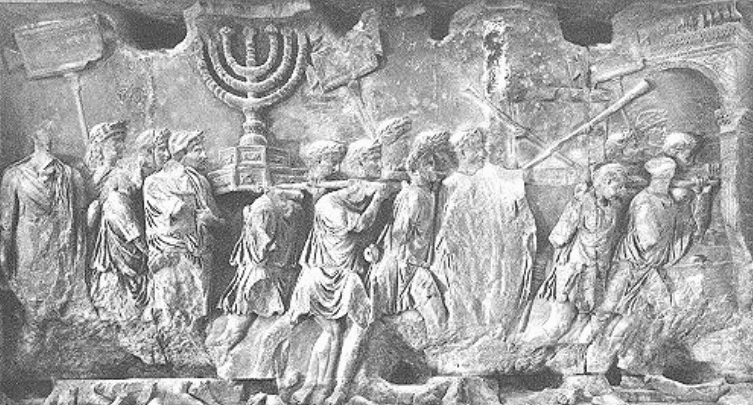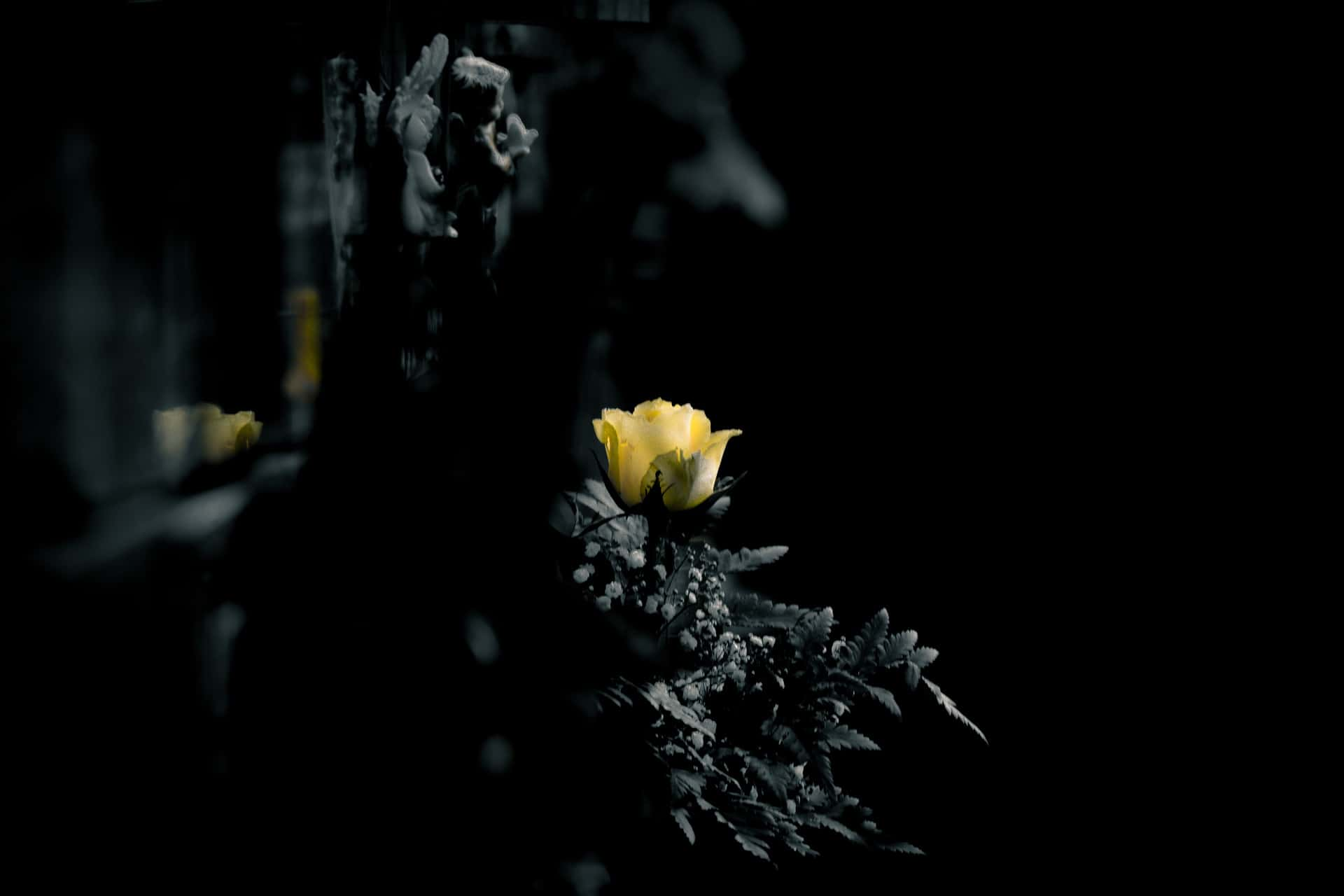"New Year's is a harmless annual institution, of no particular use to anybody save as a scapegoat for promiscuous drunks, and friendly calls, and humbug resolutions." —Mark Twain
For thousands of years, civilizations around the world have celebrated the arrival of the new year. Most New Year’s festivities begin on December 31, the day commonly called “New Year’s Eve.” Common traditions include attending parties, eating special foods, making resolutions you won't keep by February, and watching fireworks. Below are 43 explosive facts about New Year’s Eve.
New Year's Eve Facts
43. I Resolve…
New Year's resolutions usually revolve around breaking bad habits or starting good ones. Roughly 45% of Americans make New Year’s resolutions, and 25% of them break them by mid-January.
42. When it Began
The earliest known New Year’s celebrations date back to 2000 BC in Ancient Mesopotamia.
41. As the Romans Did
In Ancient Rome, New Year’s was on March 1. The Roman calendar consisted of 10 months and 304 days, and the new year began at the vernal equinox. The calendar, however, became out of sync, and in 46 BC, Julius Caesar created the Julian calendar, which closely resembles our modern Gregorian calendar.
40. Sacrifice to Janus
The Romans celebrated the new year by offering sacrifices to Janus, the Roman god of change and beginnings, in hopes of being granted good fortune for the year. They would decorate their homes with laurel branches and attend wild parties.
39. Let it Out
Superstition dictates that at midnight on New Year’s Eve, all doors to the house must be opened to assist the old year in finding his way out. Until the old year leaves, the new year will be unable to come in.
38. Ringing the Bells
In Japan, Buddhist temples all over the country ring their bells 108 times at midnight to symbolize and get rid of the 108 types of human weakness.
37. Toss it Out the Window
In parts of Italy, people welcome in the New Year by tossing old things out of their windows. By tossing out the old, they make room for new and lucky things to enter their households and lives in the coming year.
Just make sure it doesn't land on someone head!
36. Popping the Cork
Enjoying a glass of champagne is a common New Year’s tradition. Originally popularized in the court of Louis XIV, the associations with wealth and royalty trickled down to the middle classes as a form of "aspirational drinking." Over time, bubbly became associated with celebration, and in the 19th century, newspapers began to associate champagne with holiday family gatherings. By the 20th century, champagne became a must for New Year’s Eve, and it’s now a staple of New Year’s celebrations.
35. Clock Strikes First
The first countries to celebrate New Year’s are those located immediately west of the International Date Line. The island nations of Samoa, Tonga, and Kiribati ring in the new year a full 14 hours before the UK.

History's most fascinating stories and darkest secrets, delivered to your inbox daily.
34. Grapes at Midnight
In Spain, eating grapes at midnight is both a tradition and a superstition. At the stroke of midnight, Spaniards eat 12 grapes symbolizing 12 lucky months ahead. In some areas, the grapes are also believed to ward away witches and general evil.
33. Make Some Noise
New Year’s Eve is often celebrated with fireworks and noisemakers. In ancient times, fire and noise were said to dispel evil spirits and bring good luck. Fireworks were invented by the Chinese, and they are credited with linking them to New Year’s celebrations.
32. Dropping the Ball
The ball drop in Times Square is a long-standing New Year’s ritual, and the tradition began over 100 years ago. In 1907, fireworks were banned in New York City, so the city decided to try something different. Instead of fireworks, they lowered a 700-lb ball made of wood and iron.
31. Song for a New Year
The song "Auld Lang Syne" is synonymous with New Year’s Eve. The version of the song that’s most widely sung today is based on a poem by Scottish poet Robert Burns. The title translates literally to “old long since,” but is really more like “old times” or “olden days”.
30. A Southern Tradition
In the American South there is a tradition of eating black-eyed peas and collard greens on New Year’s for luck. Black-eyed peas bring good luck, and the greens signify money and ensure a prosperous new year. The tradition was originally African, but spread through the South, especially the Carolinas, and can now be found on restaurant menus throughout the South close to New Year’s Eve.
29. MoonPie Drop
Every New Year’s Eve, Mobile Alabama drops a 350-pound electronic MoonPie.
28. World’s Largest Pajama Party
On New Year’s Eve in 2009, 1075 people attended a Pajama Party at the Metropolis Fremantle nightclub in Perth, Australia. The party was the idea of club owner, and it has gone down in the record books as the world’s largest pajama party.
27. Lighting Up the Sky
In 2014, Dubai lit up the sky with a huge New Year’s fireworks display. The extravaganza featured over 400,000 pyrotechnics firing over 400 parts of the Dubai shoreline. The display got a Guinness World Record for largest firework show ever.
26. Mr. Old Year
In some parts of Columbia, Cuba, and Puerto Rico, families stuff a life-size male doll with their things and dress it up in old clothes from each family member. As the clock strikes midnight, the doll, named Mr. Old Year, is set on fire. The belief is that bad memories and associations are stuffed into the doll, and burning it will get rid of the past year’s grief and bring happiness for the new year.
25. Light Triumphs
The Yule log is a key symbol of New Year’s, and is regarded as a sign that light will win over darkness. The log is kept in the fireplace, and, as the custom goes, it should burn for a whole night and smolder for 12 days, symbolizing each month of the year. After the 12 days, it should be put out with a proper ceremony.
24. First-Footing
"Hogmanay" is the Scottish word for the last day of the year. Customs vary throughout Scotland, but the most widespread custom is called “first-footing,” which starts immediately after midnight. The tradition involves being the first person to cross the threshold of a friend or neighbor, and the giving of symbolic gifts brings luck to the householder. Traditionally, tall, dark-haired men are preferred to be the first-foot.
23. Smash a Plate
In Denmark, it's tradition to smash dishes against your friend’s front door at midnight. Finding a large pile of broken china at your door is considered lucky, because it means you have lots of loyal friends.
22. Head for the Beach
Brazil’s beaches are a place to be on New Year’s Eve, especially Rio’s Copacabana Beach. The beaches are popular partly because they can accommodate millions of revelers, and partly because they are where the Iemanja ritual is performed. Iemanja is the Goddess of the Sea, and on New Year’s Eve, white flowers, jewelry, rice, perfume, and other gifts are thrown into the ocean as an offering, and if your offering comes back, it means the goddess isn't pleased and won’t grant your wish.
21. Firecracker Ribbons
In Suriname, traditional fireworks displays are enhanced by long, red, firecracker ribbons known as pagaras. The ribbons are tied together in one long string of explosives that runs through the center of the capital, Paramaribo.
20. Two-Faced God
The month of January is named for the Roman god Janus. Janus presides over doors, beginnings, and endings, and he is depicted as having two faces: one looking toward the new year, and one looking back at the old.
19. A Great Night for a Séance
In Mexico, New Year’s Eve is considered to be the best time to convey a message to a lost loved one. At the Taos Inn in New Mexico, people can pay $15 for a 15-minute session of spiritualism and meditation.
18. Leap Second
On New Year’s Eve 2016, some parts of the world experienced an extra second just before midnight. The "leap second" is added to keep the planet’s rotation in line with atomic clocks. Since 1972, 26 leap seconds have been introduced, but only people who work with computer systems are typically affected by the extra second.
17. New Year’s Blunder
Mariah Carey is a frequent show-stopping New Year’s Eve performer, but in 2016, she stopped the show for a different reason. After a serious lip-syncing blunder at Dick Clark’s New Year’s Rockin' Eve party (which she blamed on a technical malfunction) she never quite found her groove and walked off the stage, ending her performance.
16. Rockin’ New Year’s Eve
Dick Clark hosted the New Year’s Rockin’ Eve from 1973-2004 until complications from a stroke forced him to turn over hosting duties to Ryan Seacrest. In 2012, the show peaked at 22.6 million home viewers, and has consistently been the highest-rated New Year’s special broadcast in the U.S.
15. Two Dark Years
The ball in New York City has dropped every year but two since 1907. Due to a citywide "dim-out" to cut back on energy costs during the war, and to protect the city from Axis bombings, New York City took a hiatus from dropping the ball in 1942 and 1943. Instead, the crowds observed a minute of silence.
14. Spring Cleaning on New Year’s
Ousouji is the Japanese tradition of cleaning your whole house on New Year’s Eve. The ritual is followed by the feast of Osechi, which is a traditional Japanese dish made with fish, beans, eggs, and Toshikoshi Soba, which is a New Year’s Eve noodle. The extra-long noodle symbolizes the wish for an extra-long life.
13. Light a Candle
Candles are also a popular symbol of New Year’s Eve. It is believed that the smoke from the candles rises and reaches the heavens, ensuring that God will answer the secret prayers said over the flames. Today, candles are generally seen as spreading light, cheer, and warmth.
12. Shanghai Stampede
On New Year’s Eve 2014, tragedy struck when 36 people were killed in a human stampede that occurred on the Bund, a riverside area in Shanghai, China. Some witnesses claimed that the stampede started when coupons resembling dollar bills were thrown into the crowd, but police denied that this was the cause. A more likely reason for the stampede seemed to be people rushing to try to get onto a raised platform overlooking the river. Regardless the cause, Chinese authorities were largely blamed for failing to provide adequate crowd control.
11. Do as the Romanians Do
In Romania, tossing a coin into a river on New Year’s Eve is said to bring good luck.
10. Talk to the Animals
The people of Belgium go beyond giving New Year’s greetings to family and friends: they greet pets and livestock as well. They believe that talking to the animals brings health and good luck in the coming year. A similar tradition exists in Romania, where farmers try to hear their animals talk on New Year’s.
9. Leave the Car at Home
According to statistics from the National Insurance Crime Bureau, more cars are stolen on New Year’s Eve than any other night of the year. Moral of the story? Take a cab!
8. Father Time
The most common image of Father Time is of an old bearded man dressed in a robe with a sash across his chest with the previous year printed on it. As a personification of time, he carries a scythe and, usually, an hourglass. The image is said to have come from several sources, including the Holly King (the Celtic God of the dying year) and Chronos, the Greek god of time.
7. Time Travel is Possible
Believe it or not, it is actually possible to celebrate New Year’s Eve twice in a row. The islands of American Samoa and Samoa are 100 miles apart, but thanks to the International Date Line, they’re separated by 24 hours. By travelling from Samoa to American Samoa, it’s possible to rewind the clock and celebrate twice.
6. Line Your Pockets
Some people believe an old superstition that says one should never wear clothing with empty pockets on New Year’s Eve, since it can be a sign of low or no income in the year to come. A similar superstition dictates that you should ensure your cupboards are full, or else it will be a "bare" year.
5. Red New Year
Under the Communist government in Russia, religious holidays, including Christmas, were banned. New Year’s, however, was still a suitable (and popular) non-religious seasonal celebration.
4. Baby New Year
The image of the New Year’s baby stems from an ancient Greek tradition that started around 600 BC; to honour Dionysus, the god of fertility, the Greeks would carry around a baby in a basket.
3. Best Place to Celebrate
Everyone knows that the overwhelming majority of New Year's resolutions fail but you may actually succeed in your goal if you set one realistic, measurable goal and then track your progress. A study by Richard Wiseman from the University of Bristol involving 3,000 people showed that 88% of those who set New Year's resolutions fail, despite the fact that 52% of the study's participants were confident of success at the beginning. The most common reason for participants fail their New Year's Resolutions was setting unrealistic goals (35%), while 33% didn't keep track of their progress and a further 23% forgot about them all together.
2. Everyone’s Included
The holidays are often a time to visit relatives, but in Chile, some people celebrate New Year’s at the cemetery in an effort to include all family members, even those who are deceased, in the celebrations.
1. Midnight Kiss
The tradition of kissing someone at midnight is likely rooted in German and English folklore. The belief was that the first person you encountered at the start of the new year determined your fortunes in the year ahead. Over time, people decided to be proactive about it, making sure they kissed someone they knew and liked at the start of the year.
Sources: 1, 2, 3, 4, 5, 6, 7, 8, 9, 10, 11, 12, 13, 14, 15, 16, 17, 18, 19, 20, 21, 22, 23, 24, 25, 26, 27, 28, 29






















































